Derek M. Norman, a journalist for the New York Times , spent four days riding a motorbike on the roads of Ha Giang , and shared with readers his unique experiences:
Dozens of honking motorbikes jostled each other on the winding road up to Quan Ba Pass. I held the throttle of my 150cc Honda XR tightly, one eye on the narrow road, the other on the guide who was riding his motorbike about 4.5 meters away.
Suddenly, the land to our right sloped away, revealing a vast landscape of rolling hills, terraced fields and mountain ranges looming in the midday mist. I quickly understood why the locals called this stretch of road Heaven’s Gate.
Motorbike around Tham Ma Pass, one of the most beautiful roads along the Ha Giang loop route
I’m embarking on a two-wheeled journey along the Ha Giang Loop, a roughly 370-kilometer network of cycleways in the northwestern highlands, one of the New York Times’ 52 Best Destinations of 2023. The route, nicknamed the “Happy Road” for its intended impact on the region, has been luring adventurers for about a decade, and I’m eager to know why.
From Heaven’s Gate, our four-day trip in late March took us through twisting curves between rugged rock formations, along cliff-side trails and through lush valleys. We covered about 60 miles each day – stopping frequently to relax at places like outdoor cafes, textile workshops and French colonial ruins – before spending the evenings at local inns, known as homestays, in villages inhabited by the Hmong, Tay and Dao ethnic groups.
The Ha Giang cycle route is not for the faint-hearted. The narrow roads gently climb and wind through mountainous terrain, often along steep, heart-pounding slopes, and through the bustling villages of rural life.
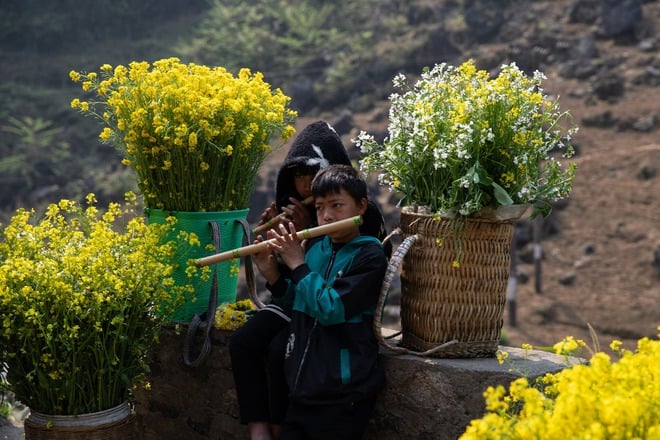
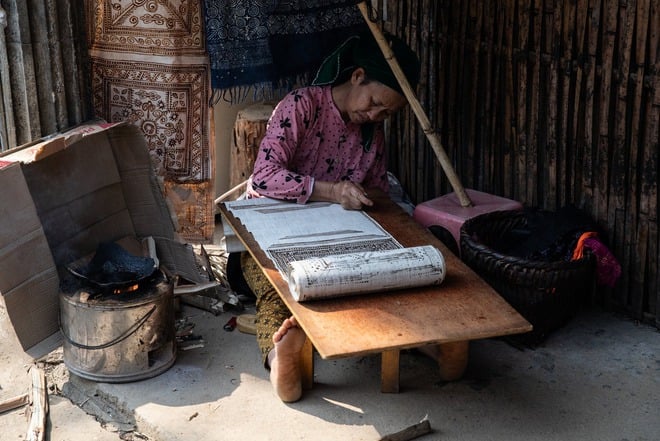
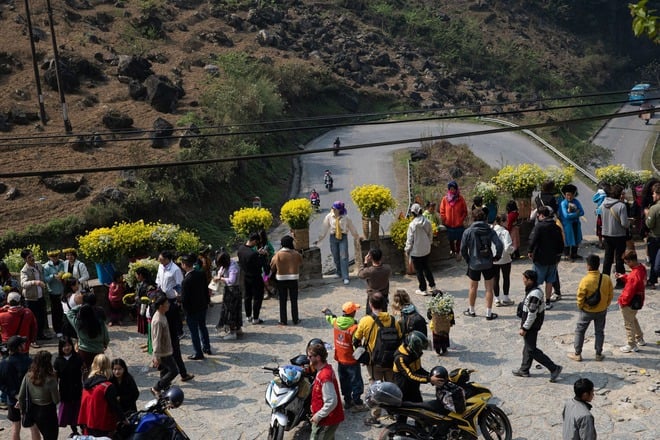
Peaceful scenery along the Ha Giang road
Most tourists on this loop route choose to ride on the back of a motorbike with a local guide at the wheel – a form known as an easy rider. This not only avoids the issue of a driver’s license, but is actually cheaper and allows the passenger, with or without motorbike experience, to concentrate on the scenery rather than the road.
But, as a motorbike enthusiast, I couldn't miss the opportunity to explore these routes myself, so I spent a lot of money on a private self-drive tour with a guide from Bong Backpacker Hostel in Ha Giang, costing more than 9 million VND, including bus to and from Hanoi.
Ha Giang still has a somewhat remote and isolated feel to those who have ever set foot here. However, the area is becoming increasingly popular, and roadside stops are sometimes crowded with motorbikes and tourists.
“Every time we told people we were going to Vietnam, they asked if we were going to do the Ha Giang loop,” said Danielle Wyatt, a travel editor from New Zealand. She and her partner both took the four-day, chauffeur-driven tours.
“I can confidently say,” she said, “we understand why people are so excited.”
The limestone blocks around Tam Son are characteristic of the Dong Van Karst Plateau, a UNESCO-recognized global geopark.
We followed the curves of the Quan Ba Pass and came to a popular stop where we climbed to a stunning viewpoint of the small, colourful town of Tam Son and a pair of unusual looking hills. These limestone hills, formed over centuries, are a feature of the Dong Van karst plateau.
As we set off again, each turn presented a different scene. Some took us into the middle of rugged mountains, pitch black with only a few glimmers of light. Others took us past terraced fields of rice and corn.
We arrived at our first homestay in Yen Minh district. At about a dozen tables, guests shared plates of rice, chicken, vegetables and tofu. Guides stood around the tables and poured a clear liquid into small glasses. My guide appeared beside me with his glass and smiled. It was “happy water,” another guide explained, a traditional homemade wine. A cheer went up…
Ma Pi Leng Skywalk offers hikers a panoramic view of the valley below.
Tham Ma Pass winds up the hill like a snake, sometimes getting thicker as it rises, sometimes getting thinner as it slithers out of the valley where it began. Only from then on does the pass climb.
If the first day felt like we were riding between the narrow world of fields and villages, the second day felt like we were gliding above it all.
We moved at a comfortable 30 to 40 miles an hour. At this altitude, the wind blew through the trees, carrying the scent of pine mixed with smoke, wafting across the land from the controlled fires farmers set to burn away brush.
The road was long and straight and wide enough to speed up and pass other cars. We weaved through the tourists sitting behind the guide, some clinging to the rear fenders, some taking selfies, others spreading their arms like wings to catch the wind.
I knew I was in for a bumpy ride when I saw the machinery and road workers on the third day. My body was starting to feel tired by the time we reached the last homestay in Du Gia town. As my guide and I played pool and sipped cold Hanoi beer, I thought I should go to bed early.
Many tourists on the loop stop at the waterfall in Du Gia before starting the final day of the trip.
On the last day, as we started our downhill journey, I found myself in a unique Zen state that one gets when riding a motorbike.
Driving requires total focus on the present moment. The hum of the engine drowns out all other thoughts, and the vibrations keep you acutely aware of your movements. You feel the temperature and humidity change as you go uphill or downhill; you can smell the earth, the road, or food cooking nearby; and your eyes constantly scan your surroundings.
“It felt strange coming down the mountain,” Juliette Tiefenauer, 30, a physiotherapist from Montpellier, France, recalled after completing the three-day trip with an easygoing driver. “It was like waking up from a dream.”
I followed the guide down the last pass and we entered the bustling streets of Ha Giang city again, turning onto the paved road along the Lo River... I pressed the clutch, put the car into gear, stepped on the kickstand and turned the key one last time. I was sweaty, bruised and exhausted, but I felt reborn.
Source: https://thanhnien.vn/cung-duong-hanh-phuc-cua-viet-nam-tren-bao-my-new-york-times-185251021145402236.htm


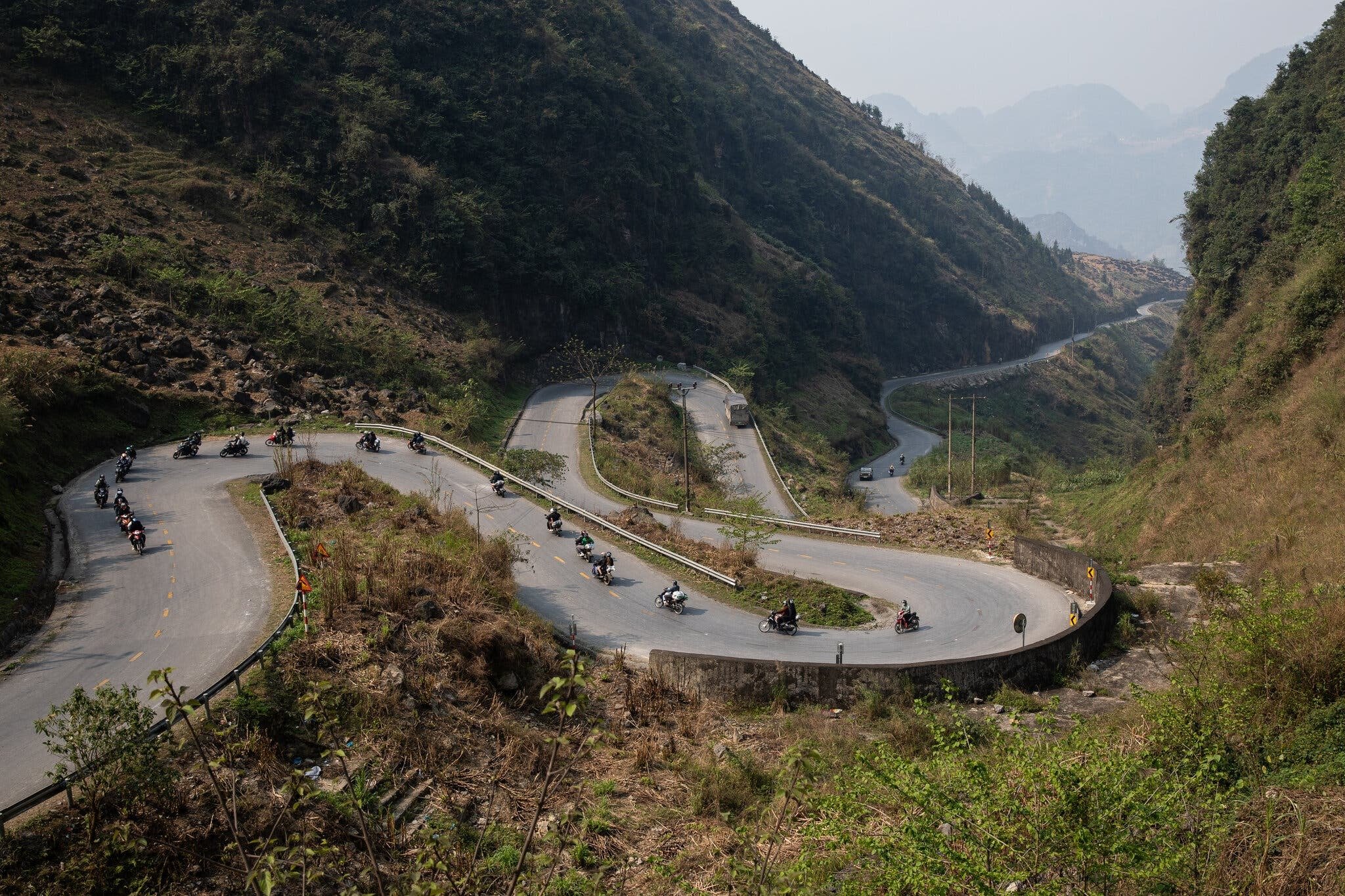
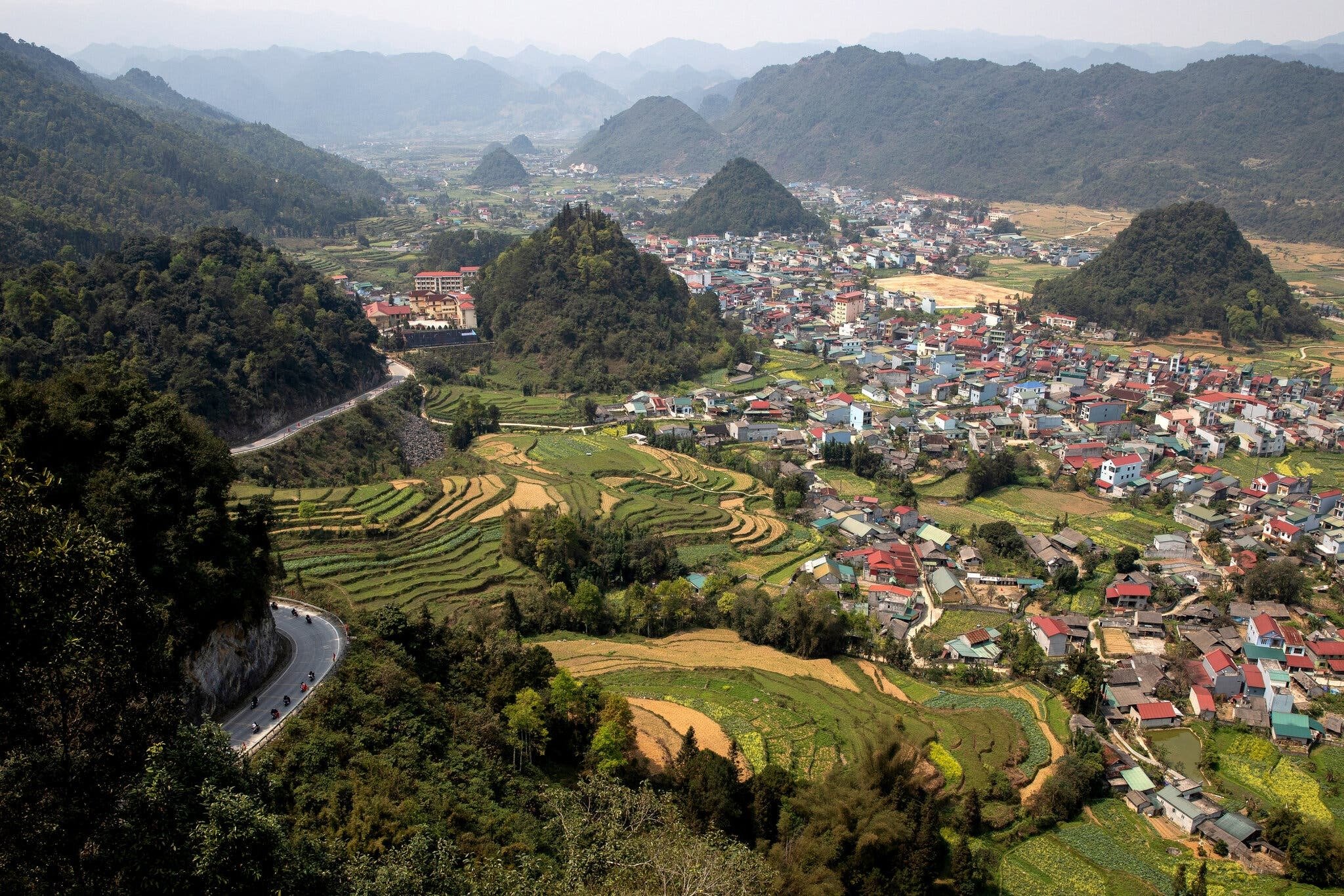
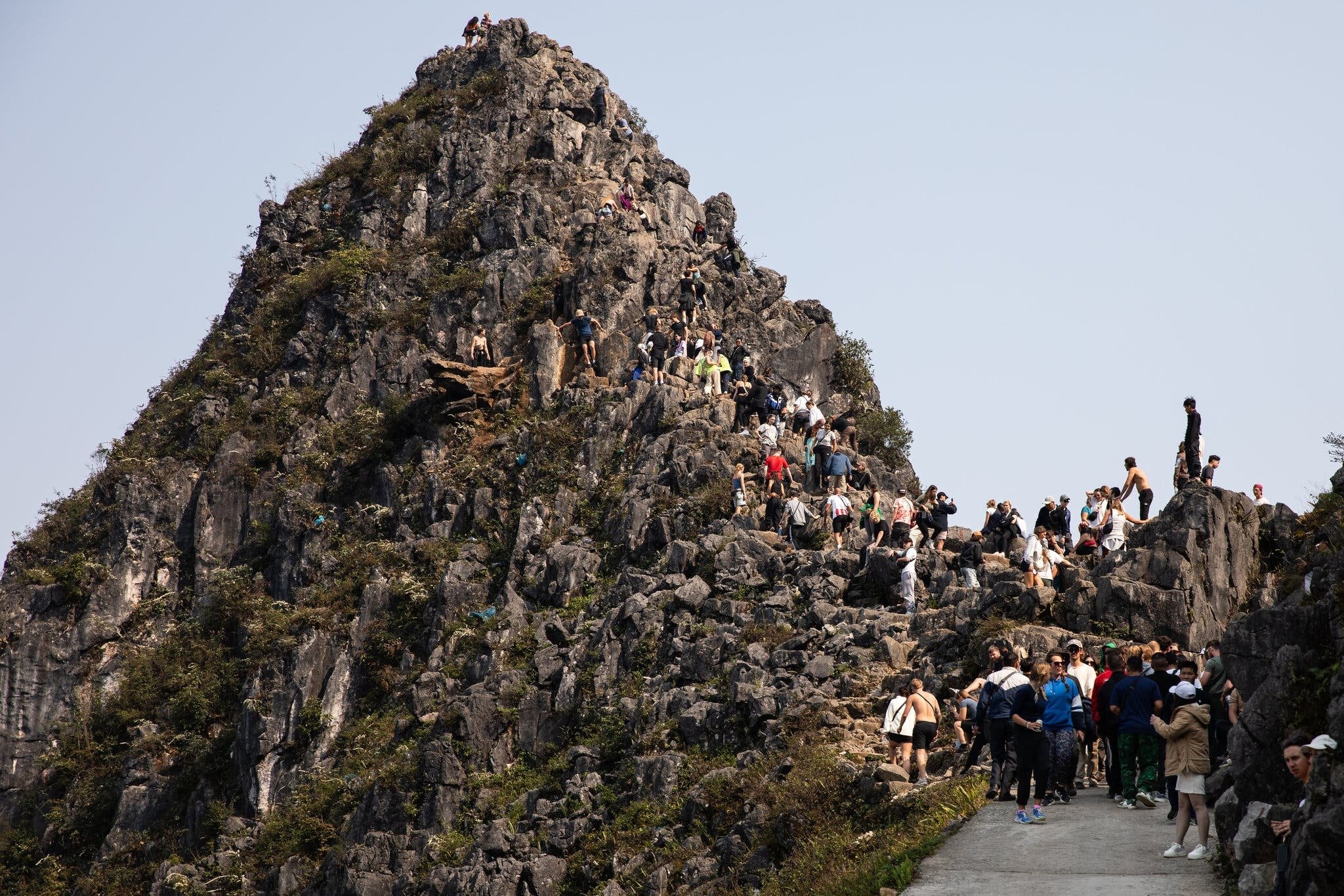
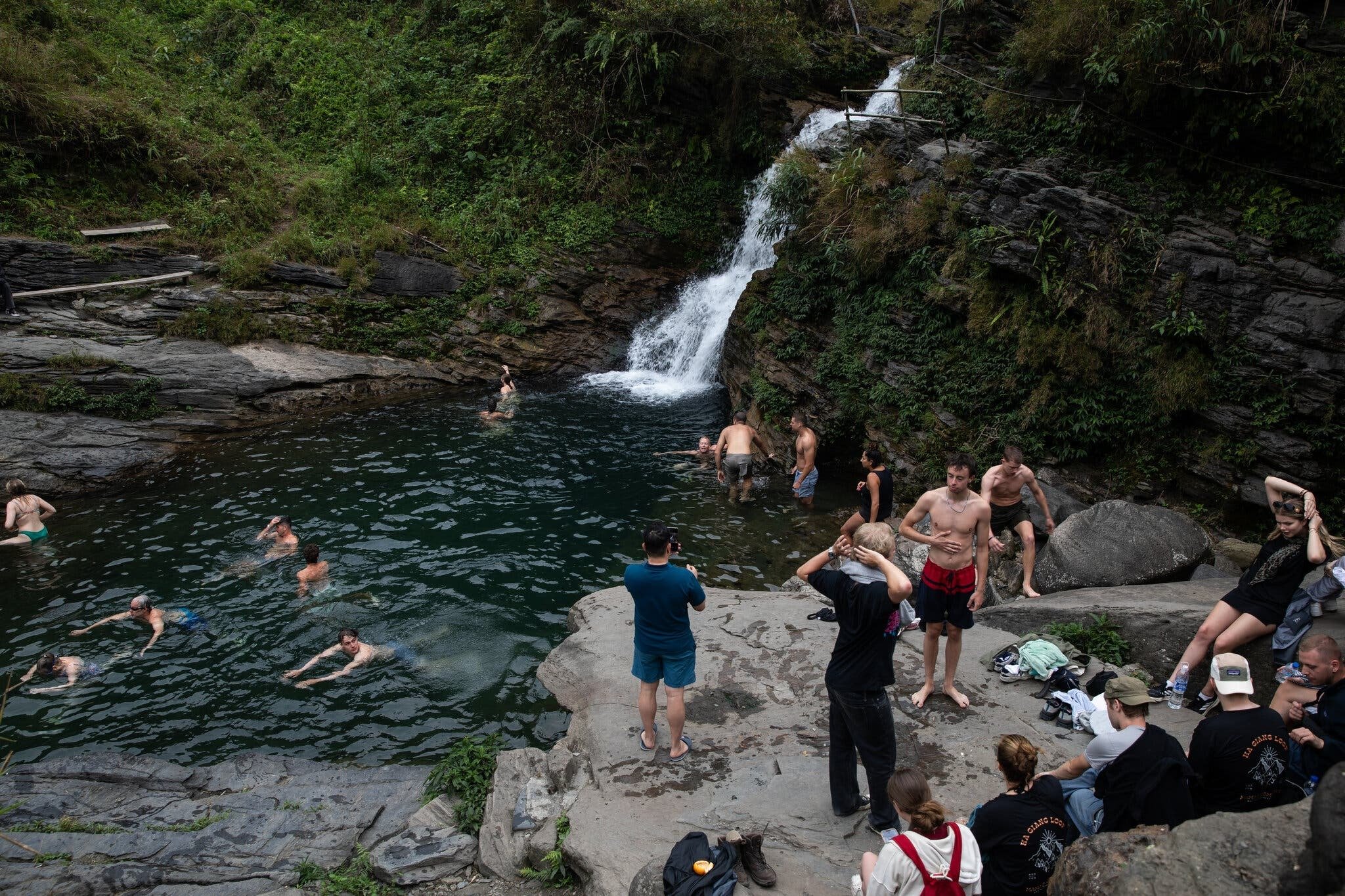





![[Photo] General Secretary To Lam receives the Director of the Academy of Public Administration and National Economy under the President of the Russian Federation](/_next/image?url=https%3A%2F%2Fvphoto.vietnam.vn%2Fthumb%2F1200x675%2Fvietnam%2Fresource%2FIMAGE%2F2025%2F12%2F08%2F1765200203892_a1-bnd-0933-4198-jpg.webp&w=3840&q=75)


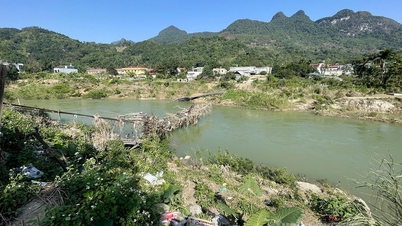
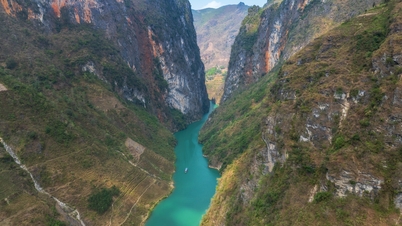





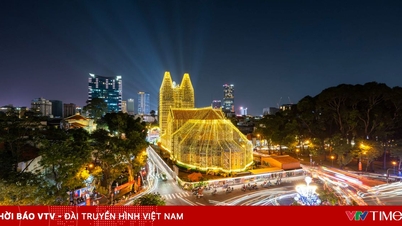

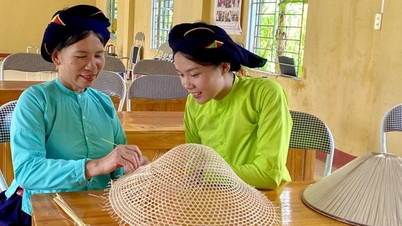



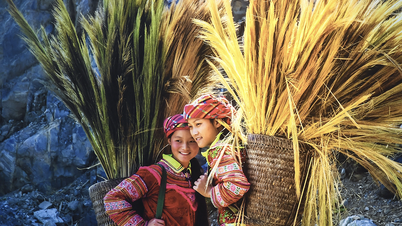

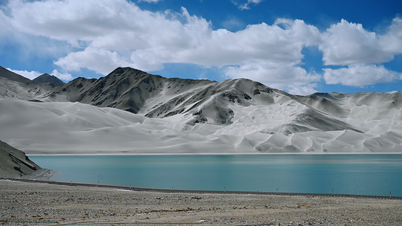








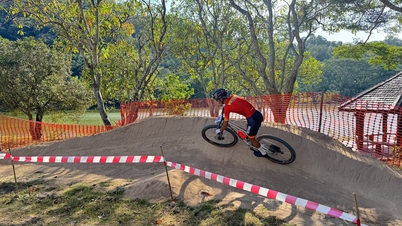
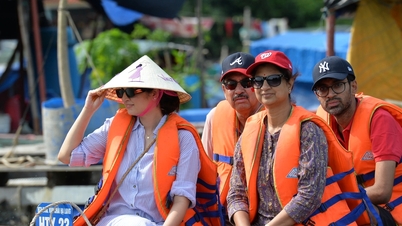


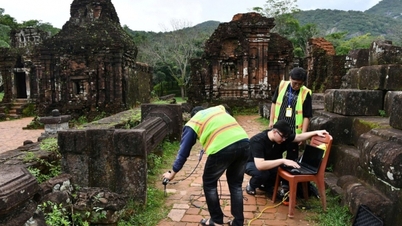

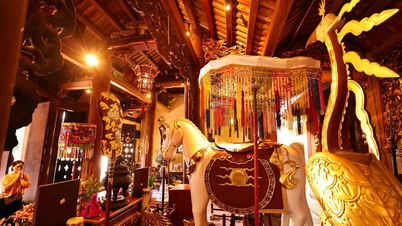



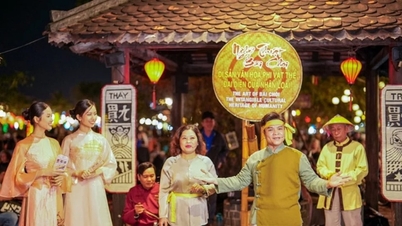

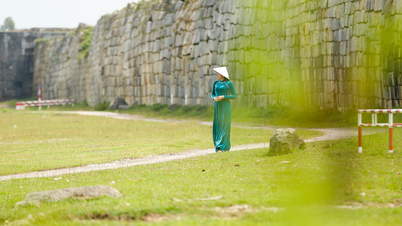



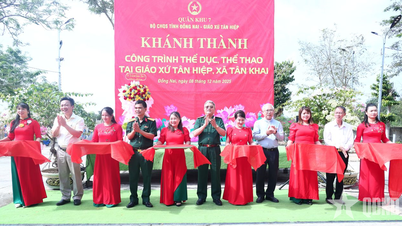
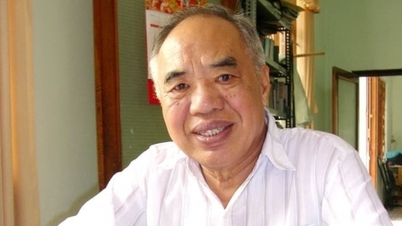
























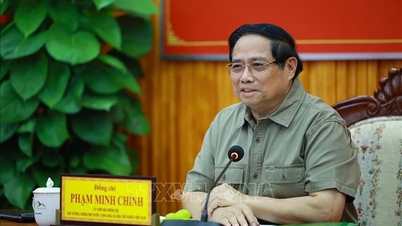










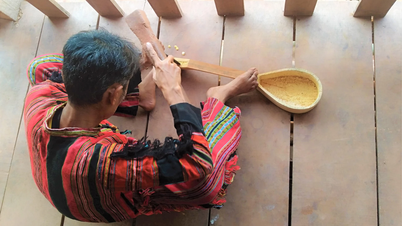



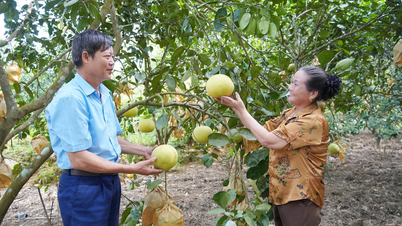


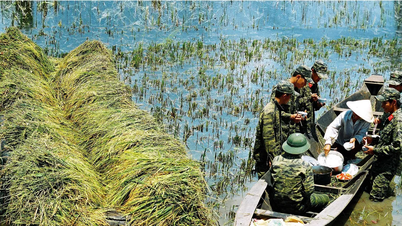
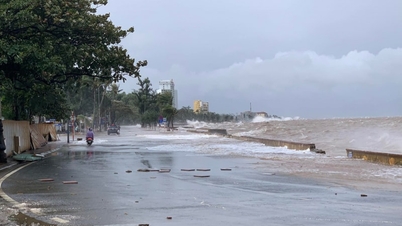











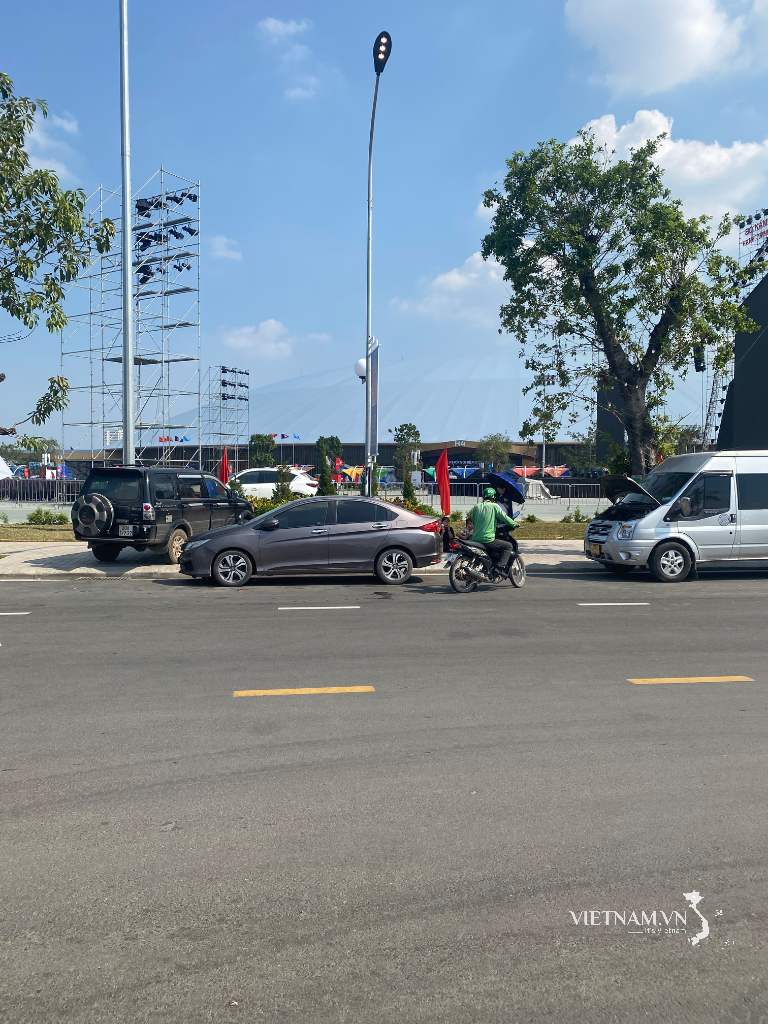

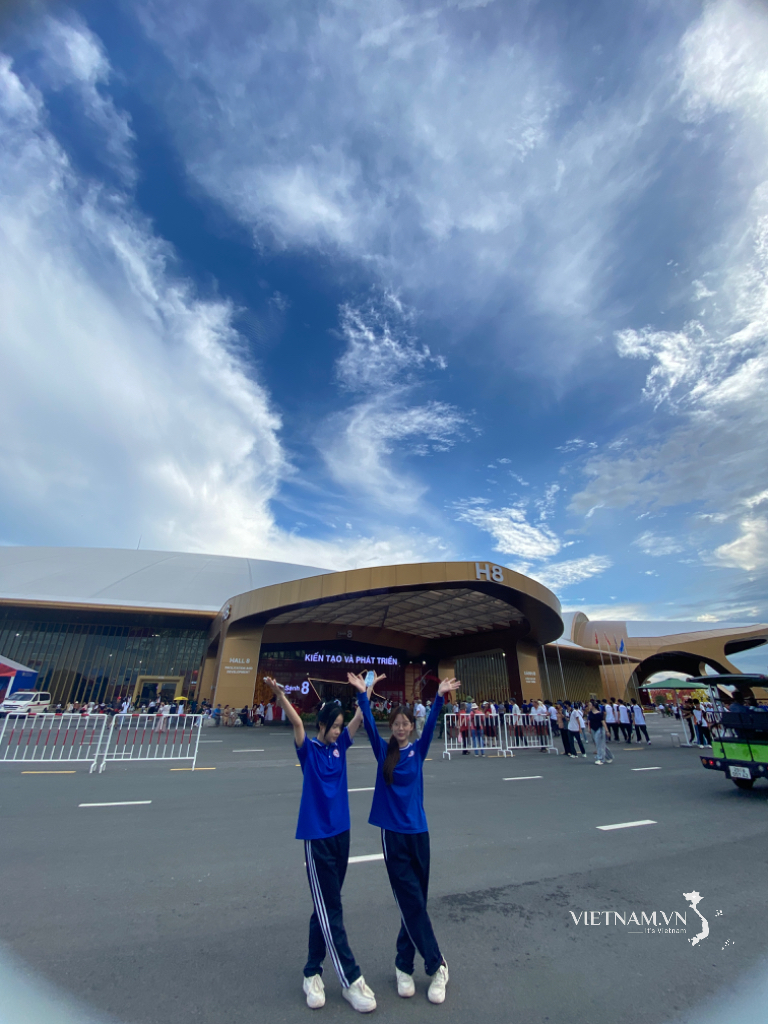




Comment (0)